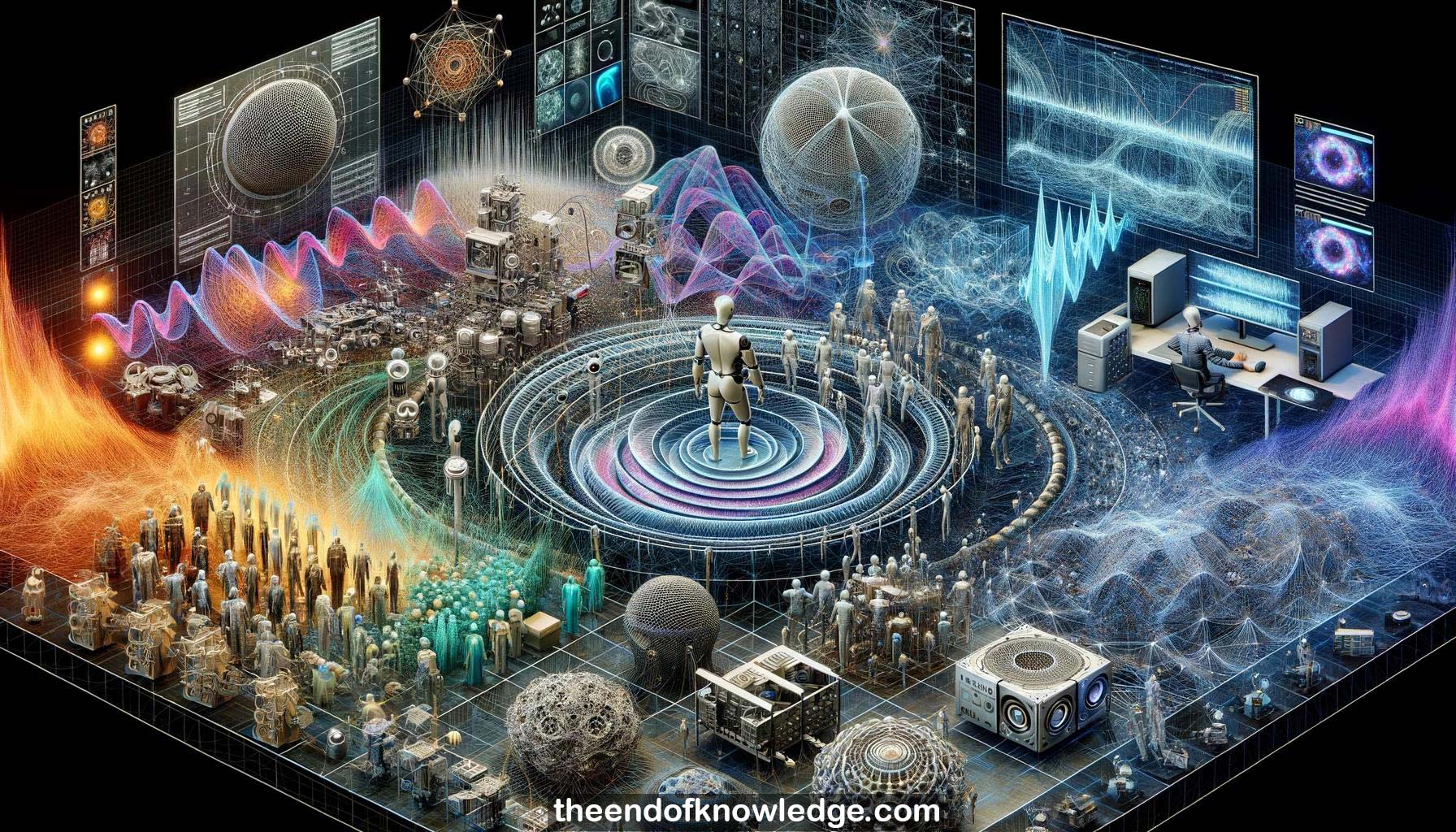 >
>
Concept Graph & Resume using Claude 3 Opus | Chat GPT4 | Gemini Adv | Llama 3:
Resume:
1.-Alex from Facebook Reality Labs presents research on neurosynthesis of binaural speech from mono audio for realistic sound in virtual reality.
2.-They captured data of speech around a mannequin to train an end-to-end model with a neural time warping component.
3.-The model warps the mono signal over time based on transmitter/receiver positions to synthesize binaural audio matching the ground truth.
4.-Key components are neural time warping, a WaveNet-style network, and a modified L2 loss balancing optimization of amplitude and phase.
5.-The approach outperforms digital signal processing baselines and enables realistic, immersive audio rendering for VR applications.
6.-Ian Gemp presents Eigengame, reformulating PCA as the solution to a multi-player game to make it more naturally distributed and decentralized.
7.-They prove the top-k PCA solution is a Nash equilibrium of the game they construct with an interpretable utility function for each player.
8.-Eigengame's distributed updates rely only on matrix-vector products, allowing it to scale to massive datasets on TPU hardware.
9.-On a huge dataset from a pre-trained ResNet-200, Eigengame computes the top 32 principal components in 9 hours using 32 TPUs.
10.-Eigengame enables novel applications like interpretable analysis of neural networks and outperforms baselines like frequent directions.
11.-Yang Song presents a generative model based on learning to reverse a stochastic differential equation (SDE) that perturbs data into noise.
12.-A neural network is trained to estimate the score function (gradient of the log probability) of the perturbed data distribution at each noise level.
13.-Samples are generated by drawing random noise and numerically solving the learned reverse-time SDE using the score network.
14.-Exact likelihoods can be computed for the model by transforming the reverse-time SDE into an ODE and using the instantaneous change of variables formula.
15.-The model achieves state-of-the-art sample quality and likelihood scores on image datasets like CIFAR-10 and enables various conditional generation tasks.
16.-Tobias Pfaff presents MeshGraphNets, a method for learning mesh-based simulations using graph neural networks.
17.-Mesh-based finite element methods are crucial for efficient and adaptive physical simulations but rarely used in machine learning.
18.-Their model encodes a physical system as a graph with nodes/edges representing mesh elements and their connectivity in physical and world space.
19.-A learned graph neural network is applied to the input graph to predict the time evolution of the mesh in a way that generalizes to complex unseen scenarios.
20.-The same architecture can model cloth, fluids, and elasticity by simply changing the input and output mesh quantities.
21.-Learned adaptive remeshing allows the model to allocate more resolution to important regions and generalize to much larger meshes than seen during training.
Knowledge Vault built byDavid Vivancos 2024